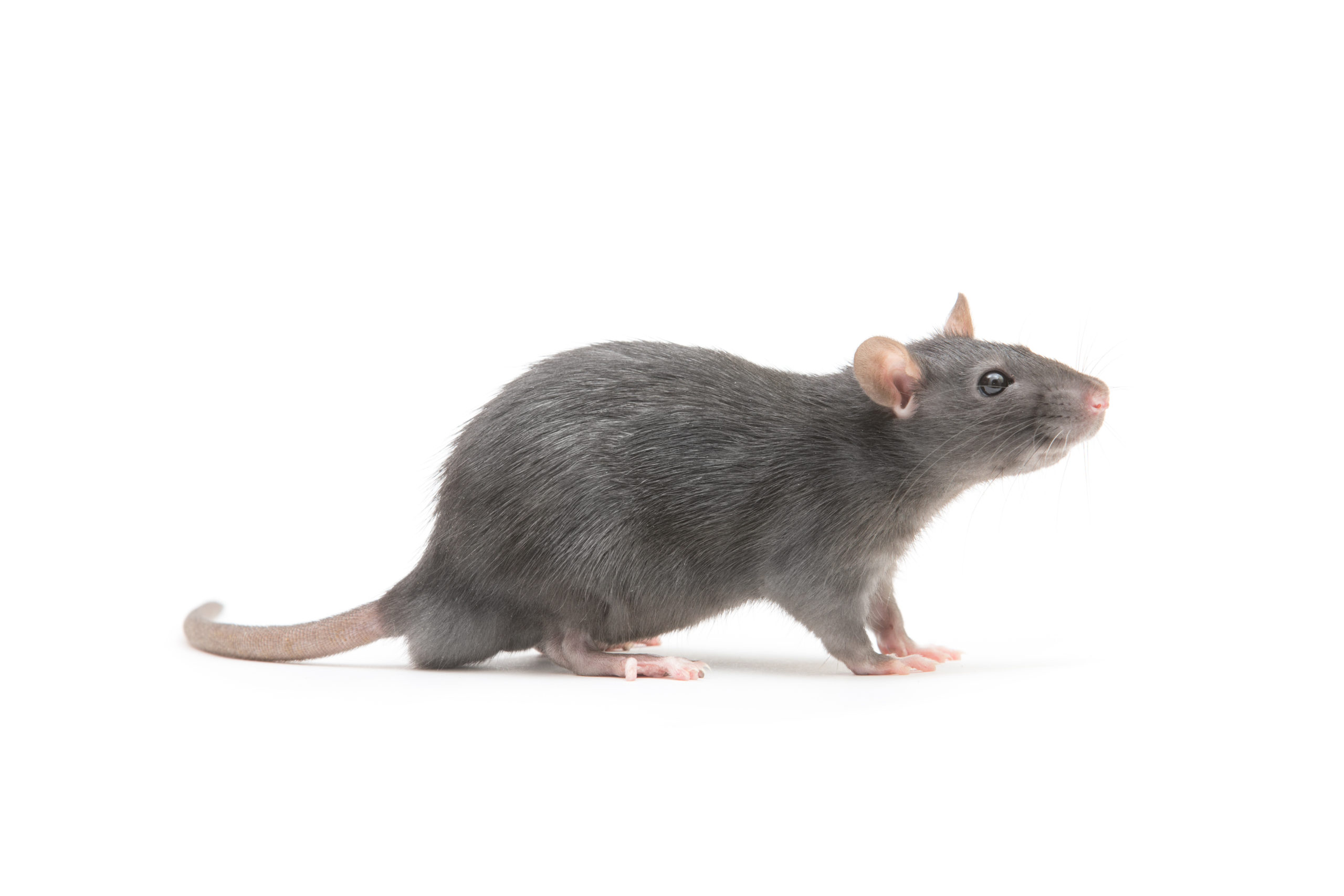
Dandelions are a common sight in many yards and gardens, and while they may be a beloved flower to some, they are also often considered a pesky weed. But do dandelions have any effect on the bug population? In this article, we’ll explore whether dandelions repel or attract bugs and what role they may play in your garden’s ecosystem.
Do Dandelions Repel or Attract Bugs?
Dandelions can attract a variety of insects, including bees, butterflies, and beetles, which are attracted to the bright yellow flowers and the sweet, nectar-like substance they produce. Many of these insects are beneficial to gardens and landscapes, and help to support a diverse ecosystem.
Dandelions May Attract Some Types of Pests
However, dandelions may also attract some types of pests, such as aphids, which feed on the leaves and stems of the plant. In general, dandelions are not considered to have any special ability to repel or attract insects, and their presence in a garden or landscape may have both positive and negative effects on the overall insect population.


What Bugs Do Dandelions Attract?
Dandelions are a source of food and nectar for many types of insects, including bees, butterflies, and beetles. Bees and other pollinators are attracted to the bright yellow flowers of the dandelion, which produce a sweet, nectar-like substance. Many species of butterflies and other insects are also attracted to the nectar produced by dandelions, and will visit the flowers to feed.
Dandelions Provide a Source of Food for Some Types of Beetles and Other Insects
Additionally, dandelions provide a source of food for some types of beetles and other insects, which feed on the leaves and stems of the plant. In general, dandelions are considered to be beneficial plants in gardens and landscapes because of the role they play in supporting a diverse ecosystem of insects.
Do Dandelions Repel Bugs?
There is no scientific evidence to suggest that dandelions have any kind of bug-repellent properties. In fact, many insects, including bees, butterflies, and beetles, are attracted to dandelions and use them as a source of food.
Presence of Dandelions May Help to Deter Some Types of Pests
However, it is possible that the presence of dandelions in a garden or landscape may help to deter some types of pests, since they may be less attracted to areas where dandelions are growing.


Do Dandelions Keep Mosquitos Away?
There is no scientific evidence to suggest that dandelions have any kind of mosquito-repellent properties. Mosquitoes are attracted to a variety of factors, including the presence of carbon dioxide, lactic acid, and heat, as well as the presence of certain chemicals in the skin, such as uric acid and cholesterol.
Other Ways to Keep Mosquitoes Away
While the presence of dandelions in a garden or landscape may help to deter some types of pests, it is unlikely to have any effect on mosquitoes. If you are looking for ways to keep mosquitoes away, there are many effective methods, including using mosquito repellent, wearing protective clothing, and eliminating standing water where mosquitoes can breed.
Do Dandelions Attract Wasps?
Yes, dandelions can attract wasps. Wasps are attracted to the sweet nectar produced by dandelion flowers, and will visit the flowers to feed. Dandelions are also a source of food for some types of wasps, which feed on the leaves and stems of the plant.
Things You Can Do to Deter Wasps
In general, dandelions are considered to be beneficial plants in gardens and landscapes because of the role they play in supporting a diverse ecosystem of insects. However, if you are concerned about wasps in your garden, there are a few things you can do to deter them, such as removing standing water where they can breed, keeping food and drinks covered when outside, and wearing protective clothing when working in the garden.


Do Dandelions Attract Ants?
Yes, dandelions can attract ants. Ants are attracted to the sweet nectar produced by dandelion flowers, and will visit the flowers to feed. Dandelions are also a source of food for some types of ants, which feed on the leaves and stems of the plant.
Things You Can Do to Deter Ants
In general, dandelions are considered to be beneficial plants in gardens and landscapes because of the role they play in supporting a diverse ecosystem of insects. However, if you are concerned about ants in your garden, there are a few things you can do to deter them, such as removing standing water where they can breed, keeping food and drinks covered when outside, and using ant baits or traps.
Do Dandelions Attract Bees?
Yes, dandelions can attract bees. Dandelions are a source of nectar and pollen for many types of bees, including honey bees, bumblebees, and solitary bees. The bright yellow flowers of dandelions are a signal to bees that there is food available, and bees are attracted to the sweet nectar and nutritious pollen found in the flowers.
Dandelions Can be Especially Useful for Bees
Dandelions can be especially useful for bees early in the spring when other flowering plants may not yet be in bloom. In this way, dandelions can be considered a beneficial plant for supporting bee populations.


Do Dandelions Attract Spiders?
It is possible that dandelions may attract spiders, since many insects, including those that spiders prey on, are attracted to dandelions. However, there is no scientific evidence to suggest that dandelions have any special ability to attract spiders.
Spiders are Attracted to Areas where there is an Abundance of Prey
In general, spiders are attracted to areas where there is an abundance of their preferred prey, such as insects, and may be more likely to be found in areas where there are many insects present. If you are concerned about spiders in your garden, there are a few things you can do to deter them, such as removing standing water where they can breed, keeping the area around your home free of clutter, and sealing any cracks or openings where they might enter.
Overall, it seems that dandelions can attract some types of bugs.
Overall, it seems that dandelions can attract some types of bugs while also repelling others. In the end, whether dandelions are a benefit or a hindrance to your garden will depend on your perspective and the specific types of bugs that are present in your area. Some people may appreciate the pollinators that dandelions attract, while others may prefer to keep these plants at bay to reduce the number of less desirable bugs. Ultimately, it’s up to you to decide if dandelions have a place in your garden.

















